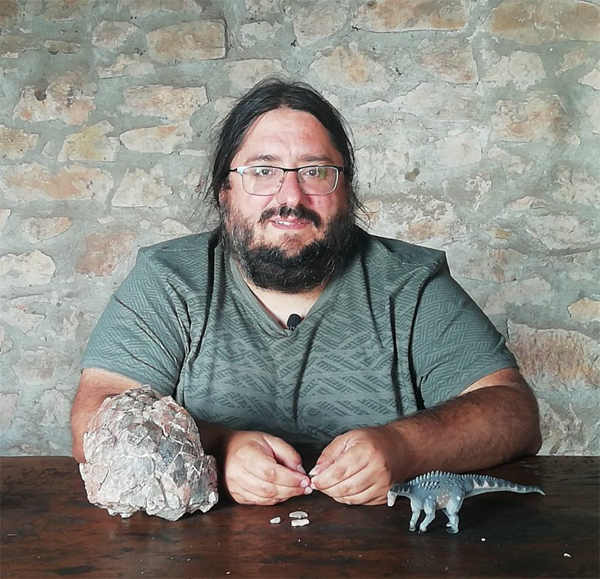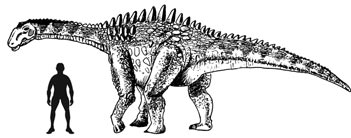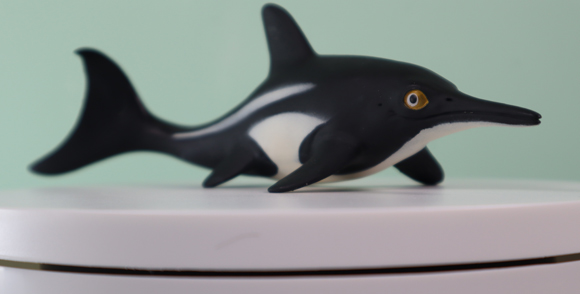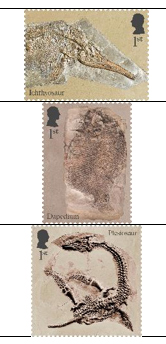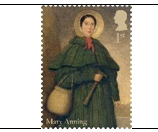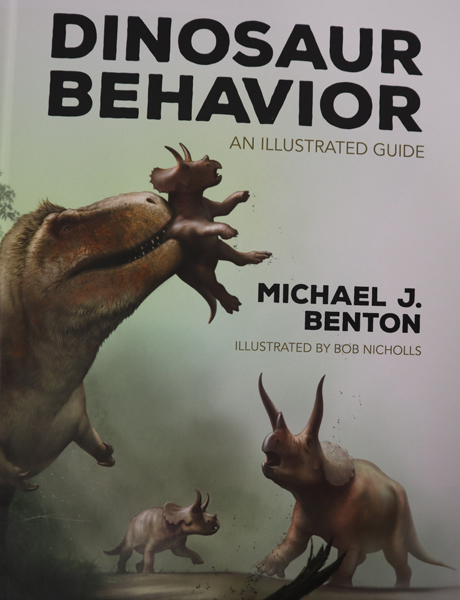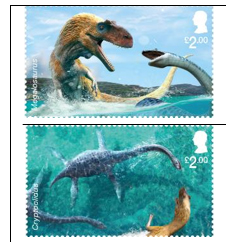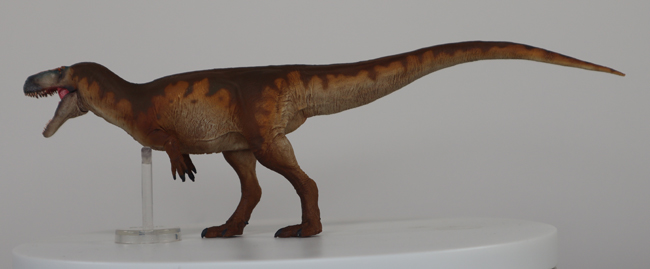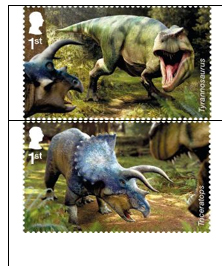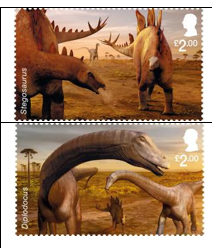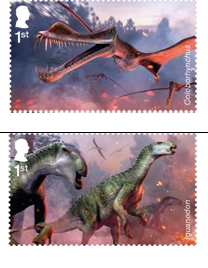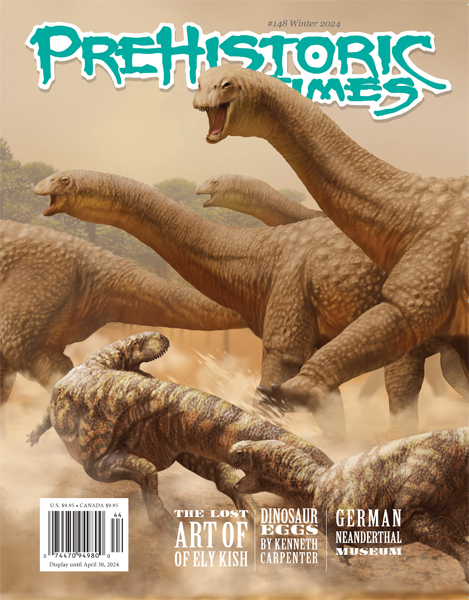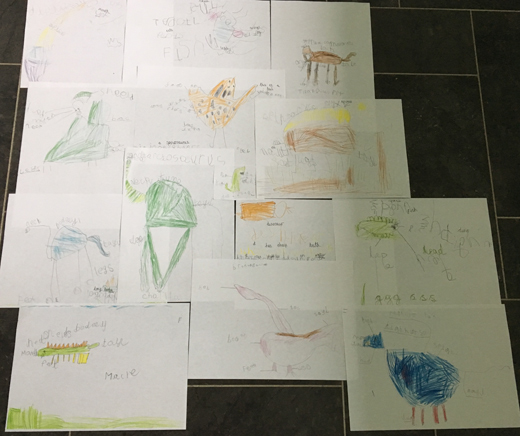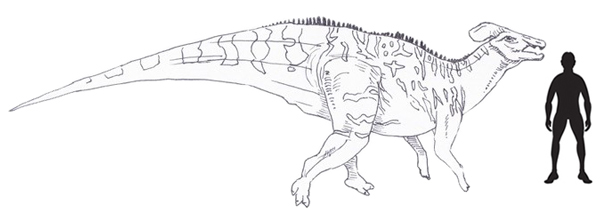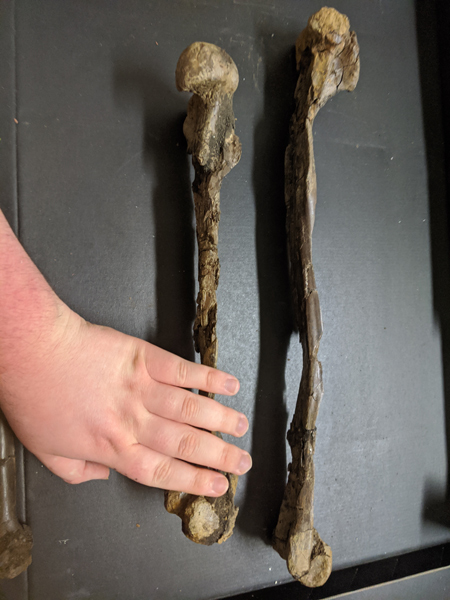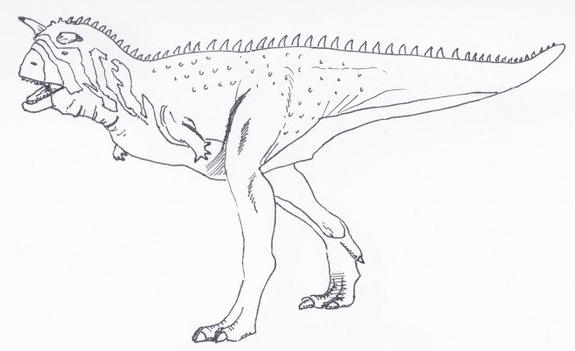Drawings of dinosaurs and other prehistoric animals either done by team members or sent into Everything Dinosaur.
Favourite Brooke Bond Prehistoric Animal Cards – The Beautiful Polacanthus Artwork
Everything Dinosaur team members like to reminisce about dinosaur books from their childhood. For example, the other day a team member came across the Brooke Bond Polacanthus card. This dinosaur illustration was part of a series of fifty given away by Brooke Bond in their packets of tea (PG Tips). The card came from a collection introduced in 1972 under the title “Prehistoric Animals”. A book could be purchased that enabled the collector to stick each card into place. The aim was to complete the set before the promotional campaign changed.
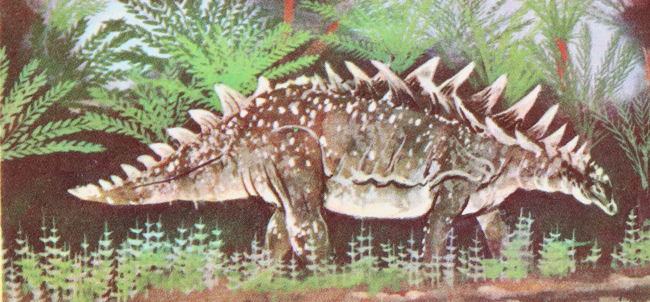
Card number 20 from the Brooke Bond picture card series “Prehistoric Animals”. The dinosaur is Polacanthus, and the illustration was by Maurice Wilson. Picture credit: Everything Dinosaur.
Picture credit: Everything Dinosaur
Everything Dinosaur has been recently reviewing Polacanthus foxii illustrations as part of their preparations for a YouTube review of the new for 2024 CollectA Deluxe Polacanthus figure. This comprehensive video review has been posted up onto the company’s YouTube channel. The video outlines the story of the research into this remarkable armoured dinosaur. The narrator highlights the details on the model and describes the armour on the figure.
Please subscribe to Everything Dinosaur on YouTube: Dinosaur Model Video Reviews.
The Brooke Bond Polacanthus Card
Early reconstructions gave Polacanthus the narrow skull of a Stegosaurus. The spikes were arranged in pairs along its back and tail. The placement of the dermal armour was probably influenced by Stegosaurus. The Brooke Bond Polacanthus card is number twenty in the series. It reflects perceptions of Polacanthus that prevailed at the time.
All the illustrations were produced by Maurice Wilson, the book for the picture cards was one of a series of promotional offers provided by Brooke Bond. Shoppers purchased tea and the tea packets contained the picture cards. Single packets of tea had one card, whilst larger packs contained several. The Brooke Bond marketing department wanted shoppers to remain loyal to the brand. When the “Prehistoric Animals” collecting book was published it cost five new pence.
Illustrated by Maurice Wilson
The illustrator Maurice Wilson (1914-1987) was a British artist famed for his work depicting nature and natural history. He had a long association with the London Natural History Museum and produced many illustrations for exhibits as well as scientific literature and books. He painted all fifty of the picture cards in the Brooke Bond Prehistoric Animals series.
The discovery of more armoured dinosaur fossils has led to a better understanding of polacanthids. Modern reconstructions of this dinosaur look very different from the illustration commissioned by Brooke Bond.
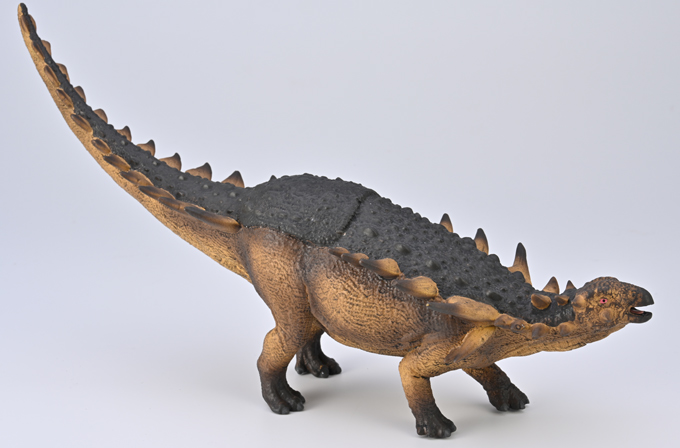
A new for 2024 CollectA Deluxe 1:20 scale Polacanthus foxii figure. The dermal armour of this member of the Ankylosauria clade has been carefully reconstructed on the figure. The arrangement of the spikes and bosses is largely speculative. However, the model has been carefully designed to reflect current scientific thinking.
Perhaps another company will take up the mantle and produce collecting cards featuring prehistoric animals. If this series were ever to be devised the Polacanthus illustration would probably closely resemble the CollectA Deluxe Polacanthus foxii figure. The CollectA Polacanthus model is due into Everything Dinosaur shortly.
The Everything Dinosaur website: Scale Models of Dinosaurs and Dinosaur Toys.




